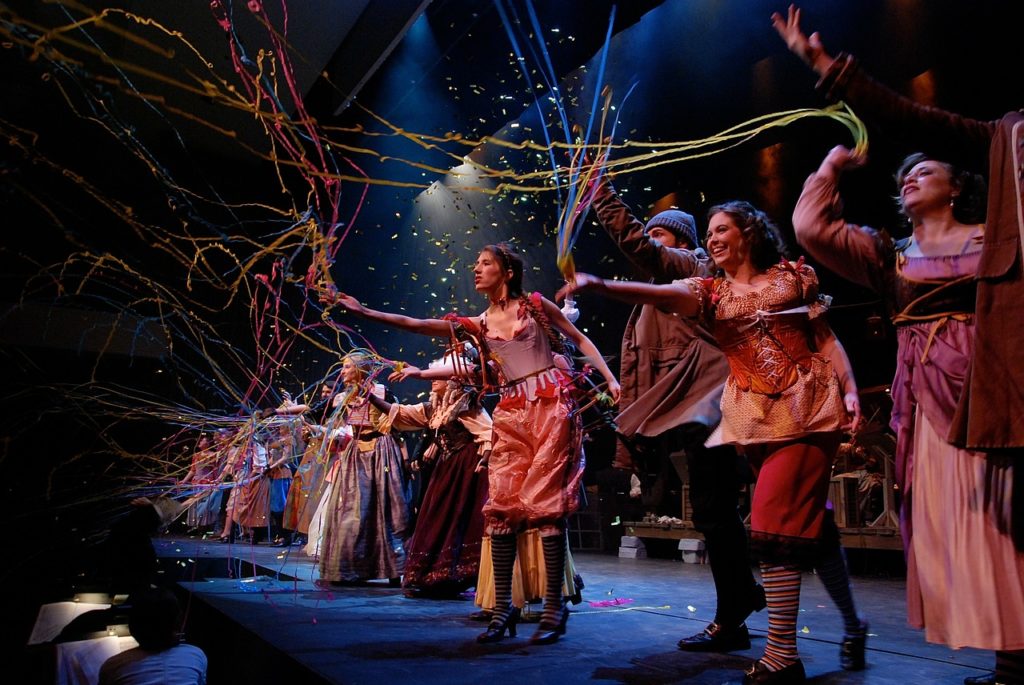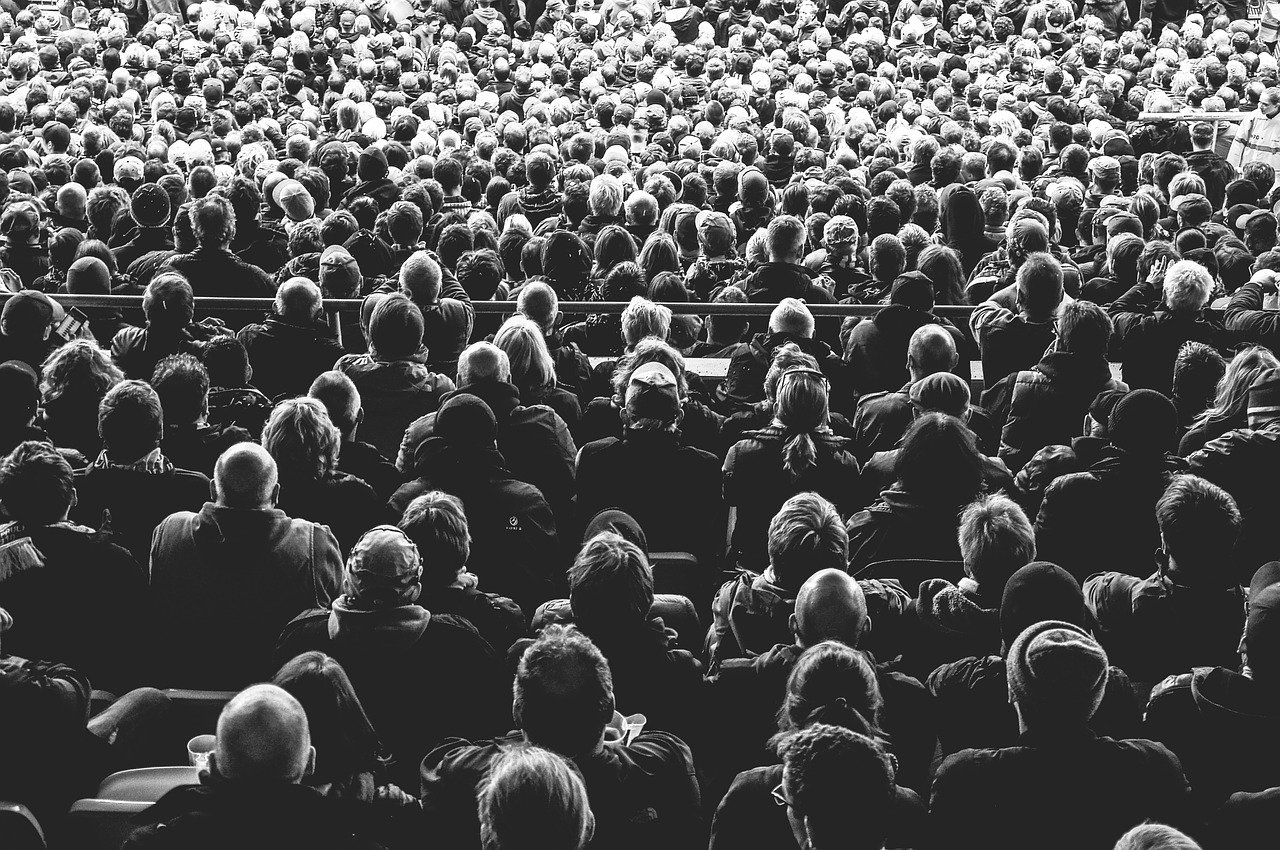Theater actors, musicians, singers, dancers, directors—and audiences—often say that you’re never quite sure what a live performance is going to be like. There is always an element of surprise, and those surprises are frequently shaped not just by the energy of the performers, but by the energy flowing back from the audience.
It’s not the same anymore
Broadway may have been dark for months during the coronavirus pandemic, but actors and other performers are trying innovative new ways to reach audiences through Zoom and other online video communication platforms. Playwrights are revamping works that lend themselves to internet-mediated or socially distanced performances. Some theaters are preparing to welcome much smaller and more physically distanced audiences and to perform plays with fewer actors on stage. An innovative initiative, Play at Home, is publishing new, short plays on its website. The plays take no more than 10 minutes to read and are free to access—anyone can perform them at home or over video conference.
As exciting as it is to welcome beloved actors directly into our homes, to see cutting-edge scripts written especially for this critical moment in time, and to hear about clever new ways to welcome small groups into theaters, it’s not the same as opening night on Broadway.
For many theater fans and performers, the reason why is the lack of a big, responsive live audience.
Nourished by the audience

Experts in both theater and psychology have demonstrated that actors really do “feed” off the energy coming from their audiences. What they sense from the people watching them in a theater can cause them to say a line differently, or to perform a bit of stage direction in a way that may not have occurred to them before. Actors may feel their spirits and the quality of their performance dampen or lift based on the audience’s energy. Experienced performers are able to gauge the mood of their audiences—fidgety or rapt, detached or empathetic, cold-blooded or warm-hearted—and play to this mood accordingly.
Many actors really do feel that the members of their audience are their collaborators in performance. These performers also realize that what they do on stage will likely shape life-long memories of the experience for their audiences.
The special magic of live theater
This is exactly the reason some actors choose to spend their careers in live theater rather than opt for the more distanced, but often more lucrative work in television and film. The Alchemy of Theater, a 2006 collection of essays on this and other topics edited by Robert Viagas, contains an apt metaphor in its title. In a live theater performance, the elements on stage are transmuted and transformed according to their reaction with the chemical composition of the audience.
Audience members also collaborate among themselves. The audience learns over the course of the performance to laugh, cry, feel scared or enlightened or offended, together as an organic whole. They feed off each other’s energy, just as the actors on stage feed off the energy of the whole. As accomplished British actor and scriptwriter Kay Mellor has observed, all of this heightens the emotional experience for everyone involved.
This perspective calls to mind the drama in ancient religious rituals, and how those roots grew into medieval morality plays, such as Everyman, in which the audience was intended to undergo a simulated experience of pilgrimage, death, or transcendence—a true catharsis and spiritual rejuvenation.
The heart of the audience vs. the eye of the camera
At the turn of the 20th century, French film pioneer Georges Méliès positioned his camera as if it were the stationary eye of an audience member in a theater. But his successors soon let go of that practice, moving on to use multiple camera angles after they realized that the camera is not a human audience member, and that they could not capture the feel of a live theater performance on film in this way. Film offers its own magical experiences, but they are different than those of an eager audience sitting before a stage.
In parsing the differences among film, television, and live theater, some critics have written that film produces in some respects a voyeuristic relationship between audience and actors, while TV develops that into a familiar, even routinized, friendship.
Live theater is different. In the intimate space of a theater, flesh-and-blood performers may take on heroic proportions as the dramatic tension rises, yet they are so physically near in space and time that it becomes easy to suspend disbelief and fall into their story as if it were a personal one.
A circle of love
This entire phenomenon of reciprocity is so immediate, so palpable, in fact, that this is why it came to be known among actors as “feeding” off the audience in the first place. Many actors have referred to this “feeding” as a circle: The actors give their audience the best performance they can, they receive the audience’s response, and once they register the response they get, they fine-tune their performance in real time, return that energy to the audience, and receive new energy in return.
You could frame this type of constant feedback loop in terms of physics or information technology, but it makes just as much sense to see it in the context of those medieval mystery plays: Everyone present, on stage and off, is able to take part in a unique and unrepeatable collective ritual that can bring about an unforgettable personal transformation.

